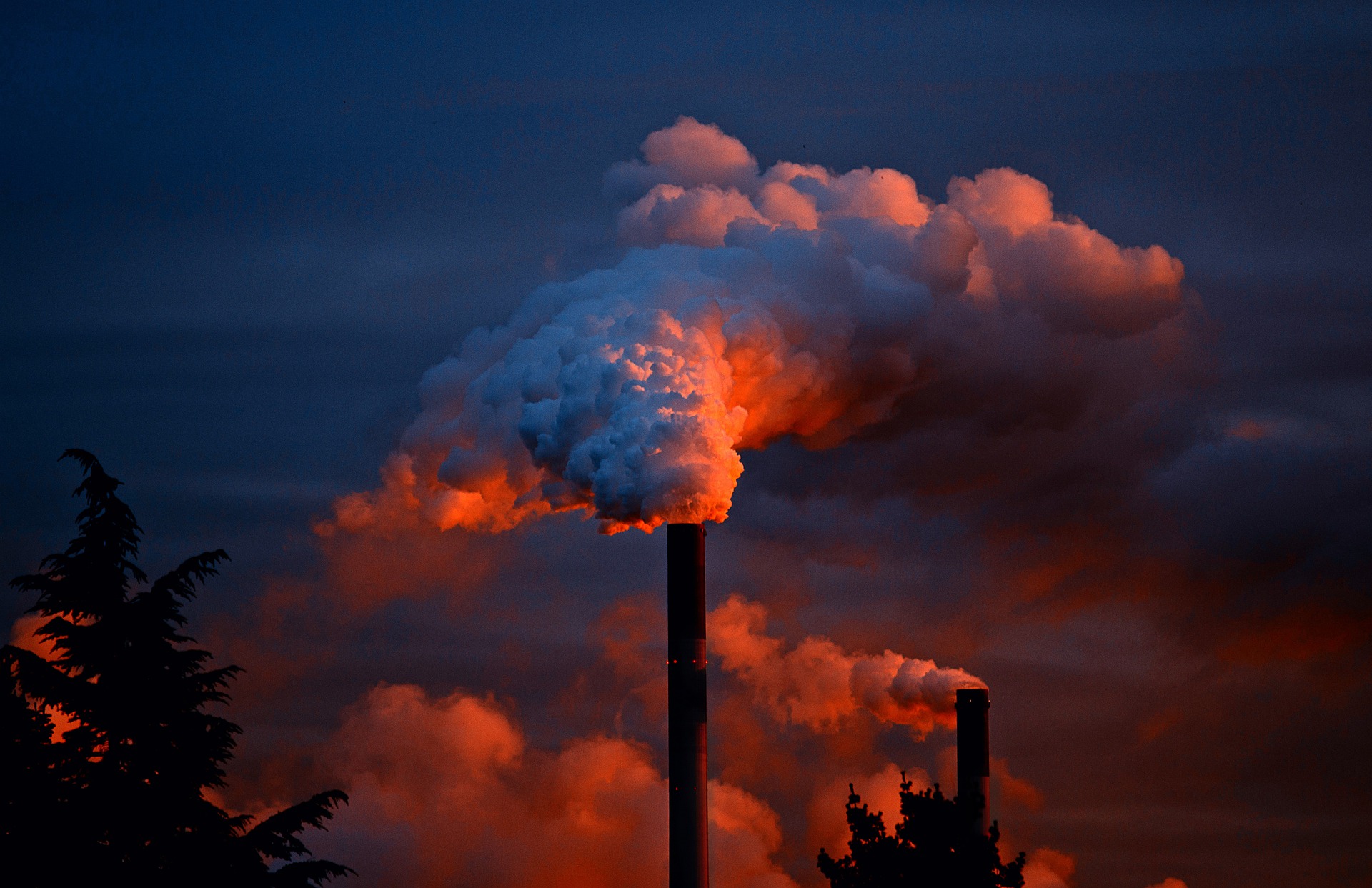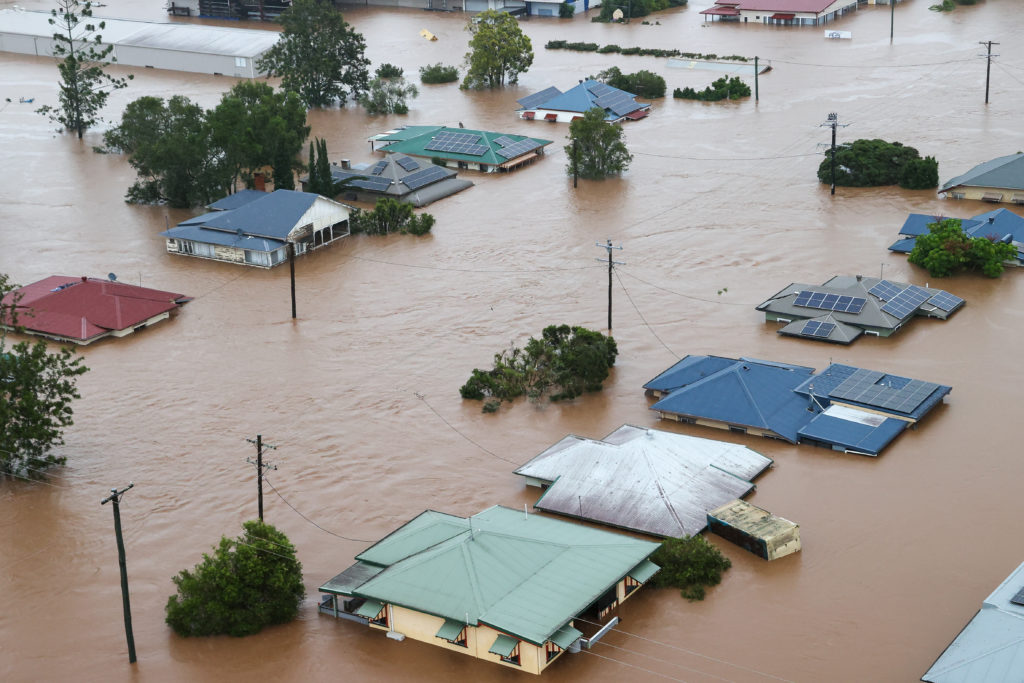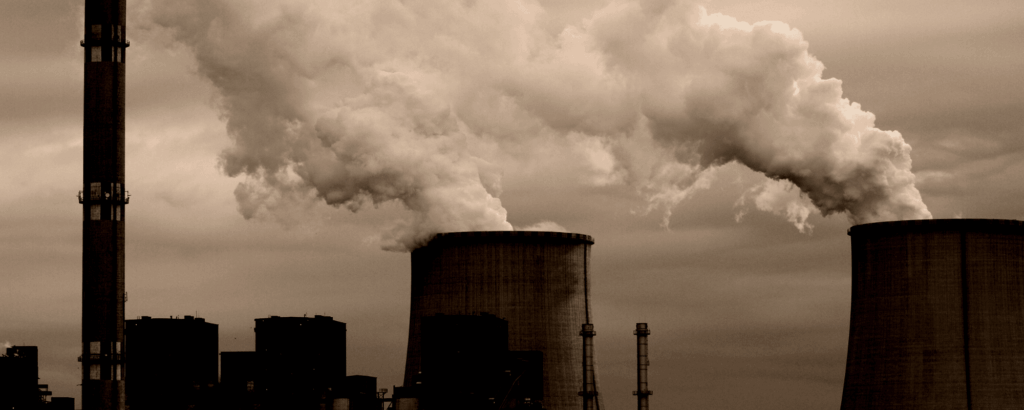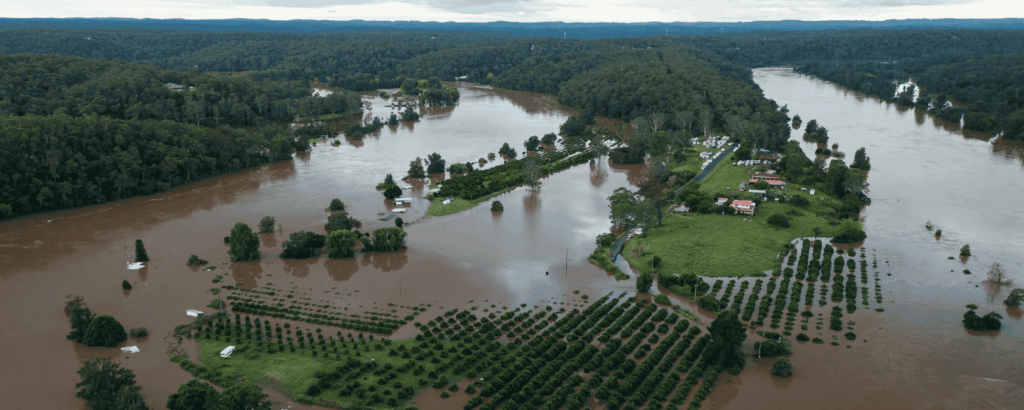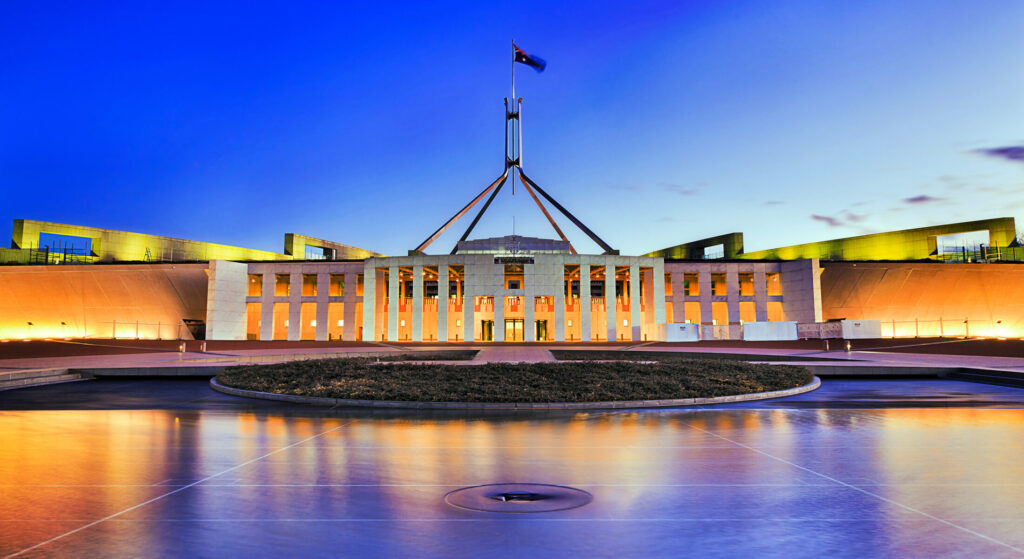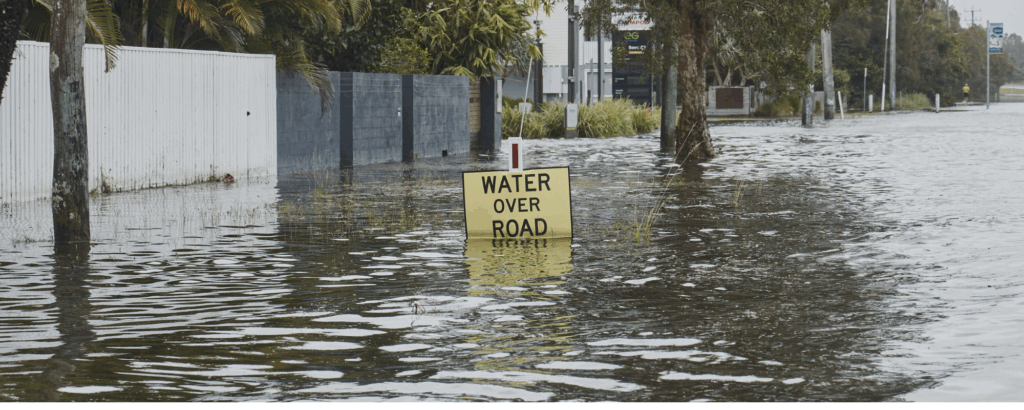The Safeguard Mechanism is the biggest opportunity for real emissions reduction Australia has seen in a decade. It covers Australia’s 215 biggest polluters, including a who’s who of fossil fuel companies and big miners – like Santos, BHP, Anglo Coal, Woodside, Chevron and Rio Tinto.
Update:
Find out about the final decision here.
What’s the Safeguard Mechanism all about?
Since being introduced by the Abbott Government in 2016, the Safeguard Mechanism has been horribly ineffective. The former government set national pollution ‘limits’ that were way higher than the amount that companies were polluting. That’s kind of like setting a speed ‘limit’ of 200 kilometres an hour – much higher than your car will ever go. If these companies did happen to exceed the very high ‘limits’ that were set, the government of the day would often just let them set new ones anyway, without any penalty.
Now, the Labor Government is proposing to use the Safeguard Mechanism to actually reduce emissions. They plan to set limits on the amount that our biggest companies can pollute each year, and then progressively lower these over time until Australia gets to net zero. That means forcing big polluters to make genuine cuts to their emissions and investing in technology and solutions that will decarbonise our industries and lead to a cleaner future.
To get technical for a minute, the Government is proposing to establish new emissions baselines for all 215 facilities covered by the policy, and then reduce these baselines by almost 5 percent each year. Companies that don’t meet their baseline will have to buy offsets – credits for carbon abatement delivered elsewhere – to account for the amount of emissions over their agreed limit. Companies that reduce emissions below their baseline will receive credits, which they can sell to those higher emitting companies. This will drive companies to invest in technologies or cleaner production processes to come under their baseline, and avoid paying for credits.
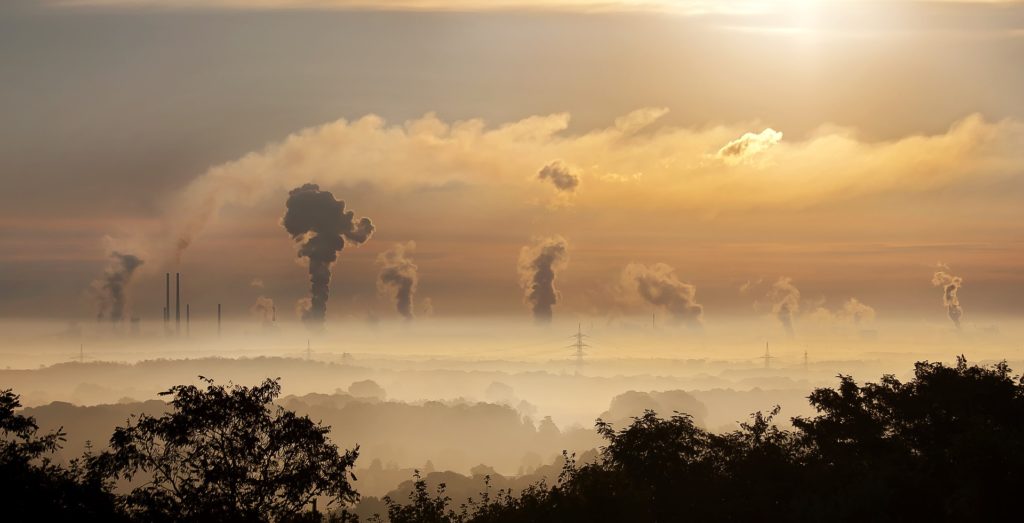
Why is the Safeguard Mechanism so important?
Australia simply cannot meet our legislated emissions reduction targets and make real progress on tackling harmful climate change if we do not get the Safeguard Mechanism right. Australia’s biggest polluters have got to pull their weight in this effort, and getting a genuine Safeguard Mechanism policy in place will ensure they do.
Together, the 215 polluters covered by this policy account for almost 30% of Australia’s total emissions. Australian households, small businesses and other parts of our local economy are stepping up to get us towards net zero, so these big polluters must also pull their weight. If they don’t, every other part of our economy and community will have to do more – families and businesses alike.
What would a good Safeguard Mechanism do?
The ultimate outcome we need to see here is for emissions to genuinely go down – known as absolute emissions reduction. Major polluters shouldn’t be allowed to simply write a cheque to buy some offsets and keep on pumping harmful emissions into our atmosphere.
The Safeguard Mechanism must be designed so that these companies actually reduce the amount of pollution they produce. This amount should keep getting smaller each year, and eventually get as close as possible to zero.
To achieve that, it needs to:
- Prioritise genuine emissions reduction, with companies required to show how they are cutting harmful carbon pollution at the source, before relying on offsets
- Place a hard cap on the total carbon pollution produced within the scheme, so that new or expanded projects cannot blow out our plans to cut national emissions – particularly new coal and gas
- Crack down on fossil fuel emissions which are driving the climate crisis, while supporting essential Aussie industries like steel, cement and aluminium to transform and thrive.
There is much at stake in the reform of the Safeguard Mechanism. Getting it right will deliver enormous benefits: continued prosperity in a zero emissions economy; new job and industry creation through innovation; rapid investment in clean and green technologies that Australia needs now; and a safe and liveable environment for Australians – now and in the decades to come.
We have a narrow window this decade to tackle the climate crisis, so the time for pollution-as-usual is over.
Find out about the final decision here.

